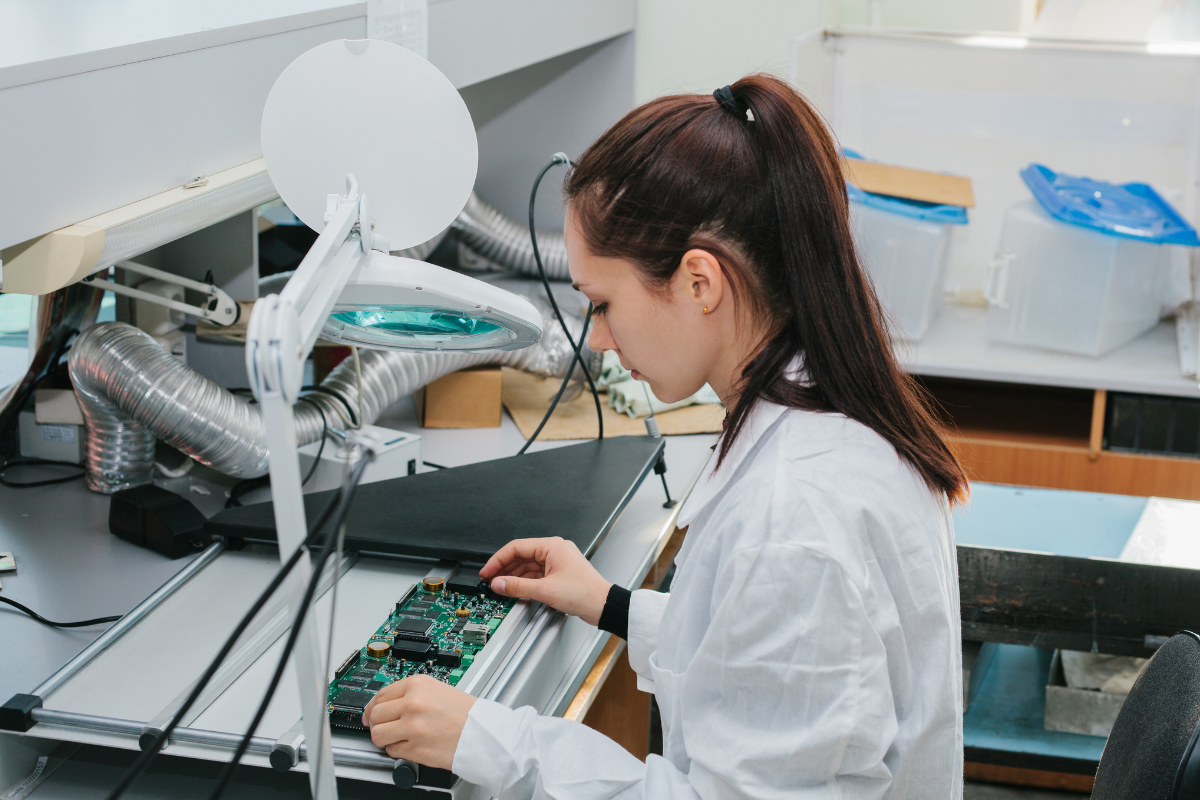In a world where everyone seems to be glued to their smartphones, the constant pursuit of the latest and greatest device is undeniable.
On average, most people replace their smartphones every couple of years, raising questions about the longevity of our everyday gadgets.
Many argue that today’s smartphones are intentionally designed with a limited lifespan, leading to a movement known as the Right to Repair (R2R) movement.
The R2R movement is a collective voice against the disposable culture perpetuated by tech giants.
The movement advocates for the right of consumers to repair their devices and to have access to the necessary tools and parts to do so.
Advocates argue that manufacturers deliberately make it difficult for users to repair their devices, pushing them towards constant upgrades.
According to the survey conducted by PIA, 60% of respondents would rather have their phone repaired than buy a new one.
Even if R2R laws become widespread, manufacturers’ control over our smartphones remains a significant hurdle in many obvious and not-so-obvious ways.
Post Contents
The Illusion Of Ownership
While we may own the physical components, the manufacturers’ control extends far beyond the device’s hardware.

It’s a common belief that when you pay off your smartphone, it’s entirely yours. However, the reality is more complex.
Manufacturers retain copyright over the software integral to your device’s operation.
This means they can decide when to stop supporting older models with updates or make new software incompatible with existing devices, effectively dictating the lifespan of our phones.
Built-in Obsolescence
Manufacturers often design smartphones with built-in obsolescence. They nudge consumers toward purchasing new models by limiting repairability and ensuring that components become outdated quickly.
This tactic is not just about profit; it’s about keeping users within their ecosystem, continually dependent on their latest devices.
Software Updates and Compatibility
The control manufacturers have over our devices goes beyond just the physical design. There have been controversies surrounding the intentional slowing down of older devices through software updates.
Many have reported that iPhones typically experience a significant drop in performance after each new iOS release, encouraging users to upgrade to the latest model.
While software updates bring new features and security improvements, they can also render older models slower or incompatible with new apps and services.
This is a subtle yet powerful way manufacturers maintain control over the user experience and device lifespan. This orchestrated obsolescence also fosters a throwaway culture.
Restricted Access To Components and Repairs
Another way manufacturers retain control is through the use of proprietary components and restrictive repair policies.
Companies like Apple have faced criticism for making it challenging for third-party repair shops to access genuine parts and repair tools.
This creates a monopoly, forcing users to rely on the manufacturer for repairs, ultimately contributing to the idea that devices are disposable rather than repairable.
Legislative Initiatives
Recognizing the need for change, several countries have introduced or are considering legislation to support the Right to Repair.
The European Union, for instance, has adopted measures to make products more repairable and ensure the availability of spare parts for a reasonable period.
Such legal interventions aim to level the playing field and empower consumers to take control of their devices.

Data Harvesting
Smartphones constantly collect data about our usage, preferences, and behaviors.
This data is invaluable to manufacturers, who use it to refine their products, target advertising, and even influence consumer behavior.
This aspect of control is often invisible to users but has significant implications for privacy and autonomy.
Environmental Impact of E-Waste
Beyond the consumer’s pocket, the R2R movement is driven by environmental concerns.
With an estimated almost 7 billion smartphone users worldwide, numerous reports highlight that billions of smartphones are discarded annually, contributing to this staggering figure.
The toxic components of these electronic devices contribute significantly to e-waste, posing serious environmental threats.
R2R advocates stress the importance of repairing and extending the lifespan of devices to mitigate this impact.
Conclusion
As consumers, understanding the extent of manufacturers’ control over our smartphones is crucial.
While owning the hardware, our experience and the device’s longevity are significantly influenced by manufacturer decisions.
This knowledge empowers us to make informed choices about our devices and advocate for more consumer-friendly practices in the industry.
In this digital age, awareness is key. By staying informed and supporting movements like R2R, we can begin to reclaim some control over our digital lives and devices.
By doing so, we contribute not only to the sustainability of our planet but also to a future where our gadgets are built to last.






























